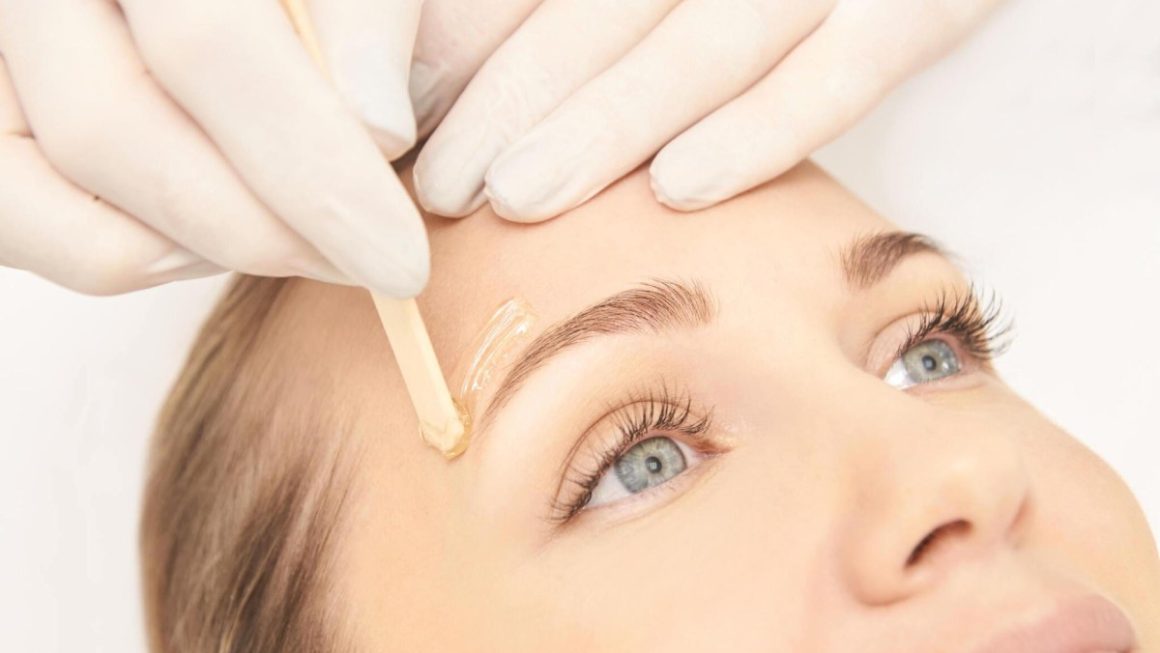A facelift is a widely accepted cosmetic technique that treats the bottom two-thirds of the face for age-related wrinkling. A traditional facelift incision typically starts in the hairline close to the temple, extends all around the ear, and terminates at the base of the neck. To tighten the neck, an additional incision can be performed in the chin area. Subcutaneous fat is then re-allocated and the skin is put back in place, prior to applying any dressings or sutures.
Eyelid surgery can be coupled with this technique for increased benefit. Eyelid surgery will fix the skin surrounding the eyes making you look vibrant and more youthful.
What are the Most Recent Facelift Procedures?
The potential of minimal incision surgeries has grown in popularity as surgical techniques have progressed. During your pre-op visit, be sure to discuss this possibility with your cosmetic surgeon.
Mini-lifts as opposed to the traditional full facelift, are more tailored operations with limited outcomes. A great deal depends on the patient’s age and the level of skin relaxation.
The appearance of a facelift has evolved throughout time. The unnatural smile of previous years is no longer the aim; rather, a more natural appearance that makes the patient look well-rested and rejuvenated is the goal of a facelift.
What Should I Anticipate After a Facelift?
A facelift surgery can almost certainly result in temporary pain, scarring, and swelling, since it is an invasive operation performed under general anesthetic. Sutures and bandages may need to be managed, so having support at home or considering an overnight monitored stay at the treatment facility may be beneficial. It may take a couple of weeks for an immediate recovery, and several months for a complete recovery. The effects will be seen right away, but they will continue to enhance as the swelling goes down.
Can I Expect my Facelift to Last Forever?
Facelift surgery gives a considerable improvement of facial contours that can last for years to come, but the results differ from patient to patient. Sun protection and a good diet can both help to expand that time. Additional operations or revamps, on the other hand, maybe necessary to achieve the desired effects.
Also Read: The Benefits of Adding a Breast Lift to Your Augmentation Procedure
Will I Look Like a Different Version of Myself?
When it comes to this type of cosmetic surgery, there are two types of patients: those who want to drastically alter their face and those who are concerned that a surgical operation will accomplish just that. This procedure differs from other facial enhancement treatments in that it does not alter the face’s angles or skeletal contour.
Facelift surgery, on the other hand, is used to restore the appearance of youth and vigor. Fine lines, wrinkles, and sagging are reduced during facelift surgery. It recovers a youthful image of yourself, yet you are still restored. Facelift surgery will not transform you into someone else, but it will enhance your inherent beauty.
Facelift surgery, unfortunately, will not stop or slow down age progression. Whether or not a facelift was done, the tissues of the face will continue to deteriorate as you get older.
When Is the Best Time to Get a Facelift?
Anyone who wants to reverse the effects of aging, regardless of whether they are little or major, should consider facelift surgery. Facelift surgery is most commonly given on patients at or above age 40; however, this age range does not preclude younger patients from benefiting from the procedure. The quality of your skin, the degree of visible age, and your general health all play a bigger part in whether a facelift is right for you.




